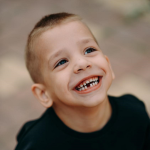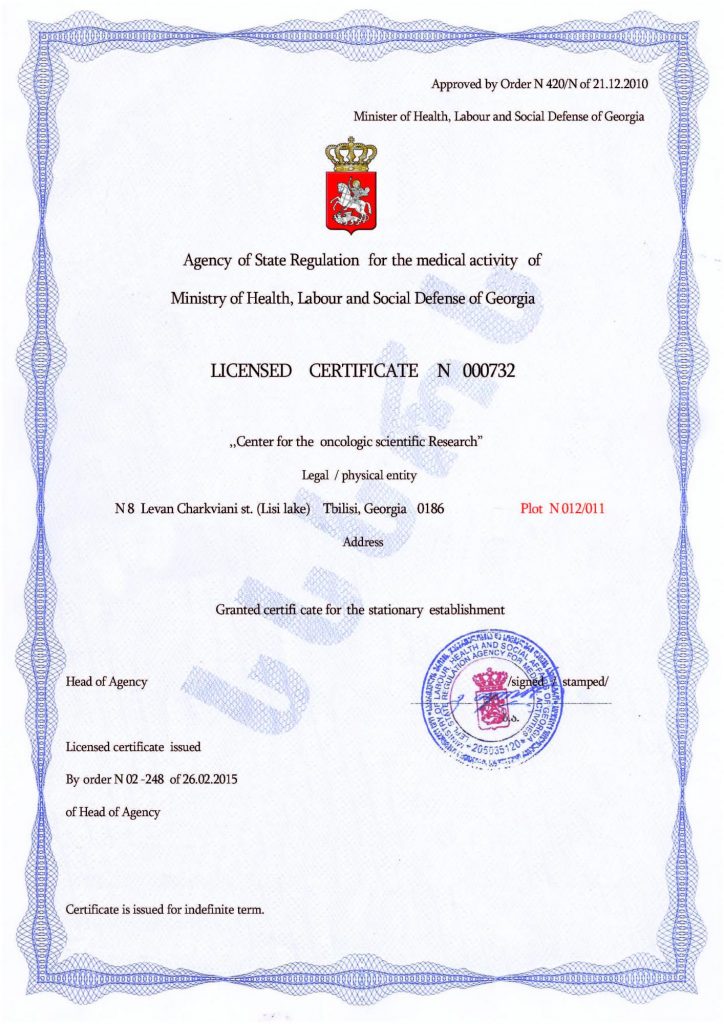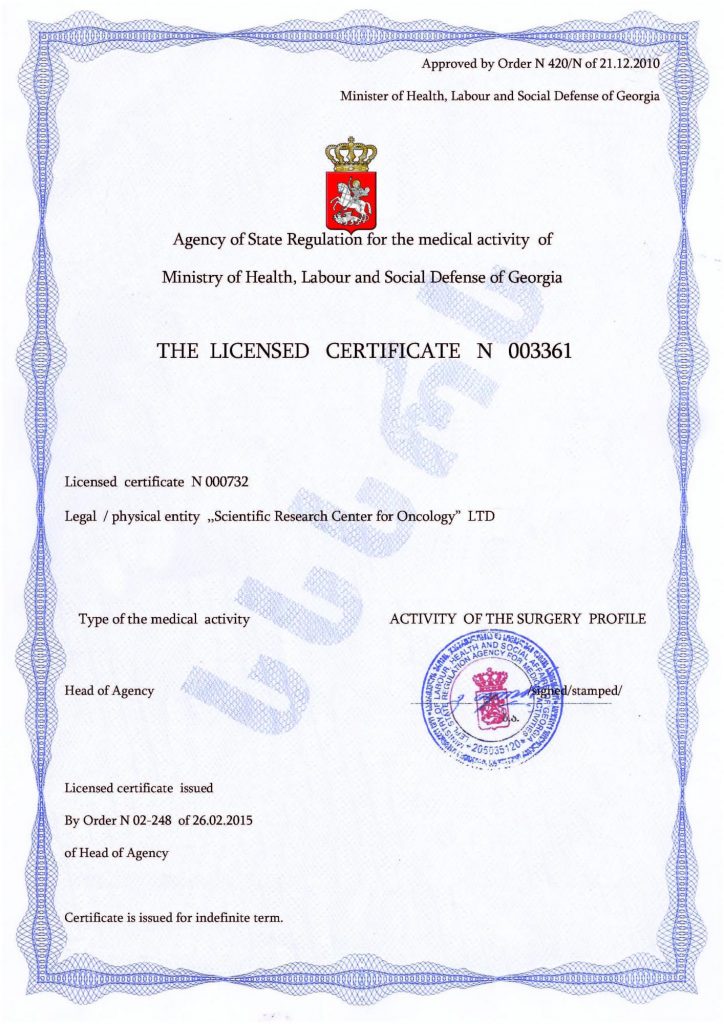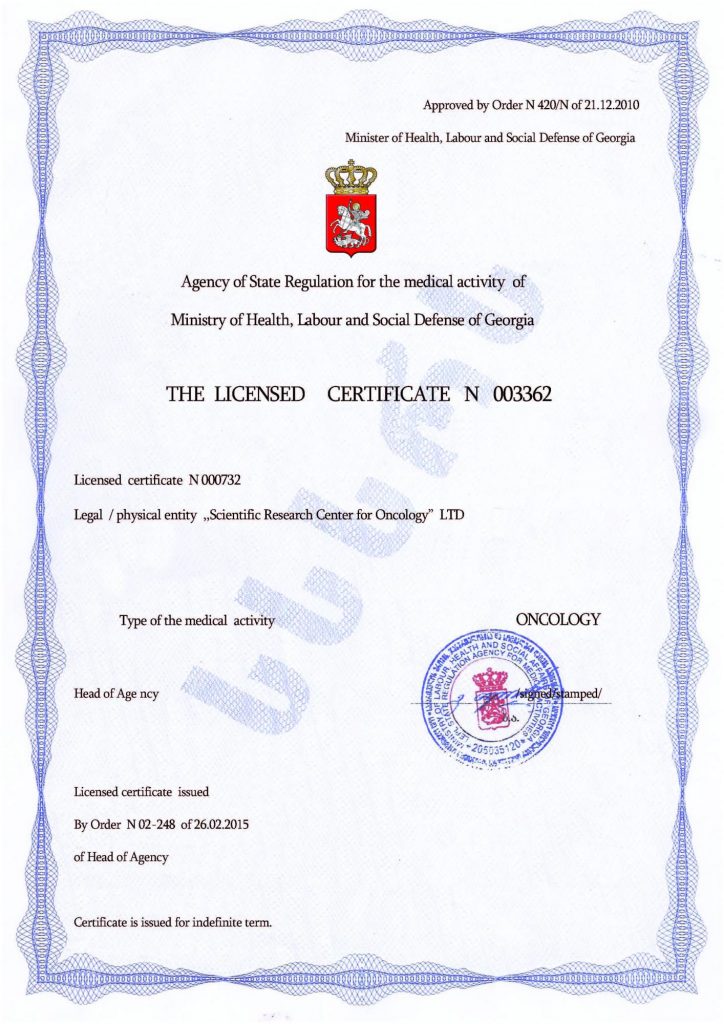Life Niche for a Person with Autism: Searching According to Abilities
Every person strives to have a full, rich, and meaningful life, even with the presence of an autism spectrum disorder (ASD). This desire begins in childhood, intensifies during adolescence, and may persist into old age—depending on personal aspirations, motivation, and the conditions created by society.
The latter deserves special attention. Educational institutions should promote the development of the autistic individual’s personality, but even schools, while caring about inclusivity, do not implement the best approaches that would meet the needs of every child. Programs mainly focus on teaching specific subjects, and for children with autism, these programs are even more limiting. The problem is that curricula and materials are often based on mechanical repetition of information and do not provide comprehensive knowledge, especially in natural sciences, history, geography, etc.
This formal approach prevents even those children with high cognitive abilities from realizing their potential. Moreover, the attitude toward autistic individuals can sometimes be subconsciously biased, even among those who are very well-meaning. For example, the lack of eye contact may lead to assumptions that the students are uninterested in other people and what is happening around them, though this is a clear mistake.
There is no reason why autistic children and adolescents should not be introduced to the full spectrum of sciences. Teaching any subject can be adapted to their needs by providing access to all the necessary educational materials.
Constant exposure to something new increases interest in the world. But if a child has never heard music of a certain genre, how can they know if they like it? After all, any interest is formed based on existing knowledge. At the same time, many autistic children, especially those with a limited vocabulary, may not have the opportunity to express what they would like to learn or explore.
The situation can still be improved. There are many ways to diversify the curriculum and make it more engaging, especially for schoolchildren with autism.
- Even during lessons unrelated to music, they should be introduced to various works—classical, instrumental, jazz, rock, reggae, rap—and, ideally, show music videos.
- A significant effect can be achieved by hanging reproductions of famous artists’ paintings and asking the students to draw what they see. They can also describe their impressions, even if very brief sentences are used.
- It is also important to introduce them to the world—study different countries, their traditions, features, flora, and fauna. These lessons should be as visual as possible.
- To encourage the development of hobbies, students should have the opportunity to photograph anything they wish using tablets or smartphones. To make the photos more diverse, they can be taught to use various filters, which will also encourage the expression of creativity.
- Children can also be encouraged to collect anything, whether it’s stamps or car models. They can write about each one, hold an exhibition of their collection, and so on.
- To develop practical skills, an old chair can be brought in and the children can be asked to paint or polish it.
The efforts made in school can be supported by the family, which can play a huge role in raising an autistic child and shaping their personality.
- A short trip around the neighborhood can create positive experiences and may eventually lead to a nature outing or a longer trip. The child can gain additional positive experiences and realize that their opinion is valued when they participate in the planning.
- Active recreation—bike rides, hiking trips, and similar activities—will provide additional physical exercise for the child.
- At home, various music genres should be played to familiarize the child with the diversity of music, and sports broadcasts of their favorite sports should be watched.
- To reinforce memories of good times, photo albums can be created, or souvenirs from trips can be collected.
Perhaps one of the most important factors is the development of the child’s understanding that they are not helpless and should not only receive something from society. Studies have shown that participating in charitable activities gives children a sense of community, boosts self-esteem, and strengthens their confidence that they are valued. Caring for other people and the environment plays the same role. You can start with small things. Specifically, it’s worth:
- Sorting paper and aluminum cans and taking them to a recycling center.
- Writing postcards to children or military personnel in hospitals.
- Giving flowers to an elderly neighbor or taking out their trash.
- Photographing a family member and making a frame for the photo.
- Participating in tree planting or cleaning up beaches and parks.
There are many options—something for every taste. The main thing is that the autistic person begins to let go of the thought that only they need support and starts communicating not only about their desires and needs but also about their hopes, interests, and dreams.
There is no doubt that the life of an autistic person can be full and multifaceted, but achieving this is not easy. To reach this goal, it is important to eliminate the limitations related to physical, psychological, or neurological issues, and cell therapy can help in this.
This innovative, highly effective, safe, and natural correction method provides long-term, and often lifelong, results, improving the effectiveness of other methods for dealing with autism and its symptoms. If it was once considered experimental, it is now a widely recognized approach, and in the future, it may become a key tool in medicine.
The essence of this technology is the transplantation of stem cells, which have the ability to transform into any other type of cell. Thus, by transplanting them, damaged cells are replaced with healthy analogs, and the brain and nervous system soon begin to function as nature intended.
Cell therapy is now used in the best clinics worldwide, including the Mardaleishvili Medical Center. Highly experienced doctors work there with state-of-the-art equipment, and an additional advantage for patients is that treatment costs are lower than in other countries with advanced healthcare systems. Moreover, support is available when planning the trip and addressing various issues, including accommodation during rehabilitation.
Cell therapy is an opportunity for self-realization and a full life!
Autism Treatment Center Videos
Autism treatment with own stem cells
Cord blood association congress
International Quality Crown
Autism Treatment Reviews
Autism treatment with own stem cells
The story of Alessandro (6 years old)
Autism Patient Testimonial - Stem Cell Treatment
Clients Testimonials
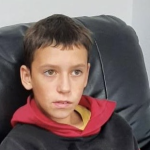
Feedback from Igor, David’s father (12 years old) Read More
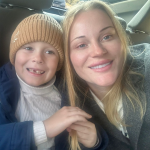
Feedback from Olga, Fedya’s mother Read More
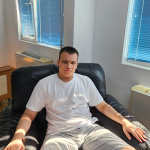
Feedback from Natalia, Radomir’s mother (15 years old) Read More
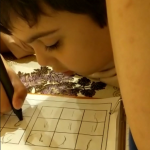
Feedback from Esther, Samuel’s mother (8 years old) Read More
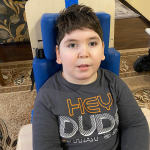
Feedback from Abibe, Selim’s mother (7 years old) Read More
